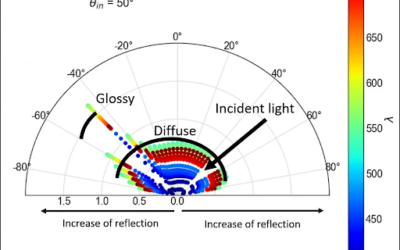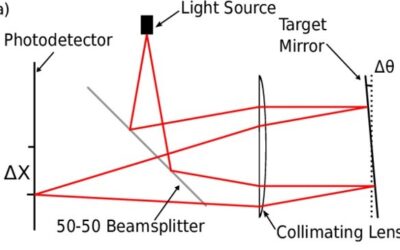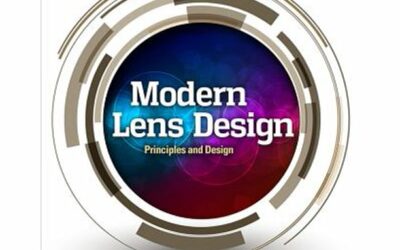The promise of floating 3D imagery seen without glasses has caught the imagination of millions even before Star Wars. Are we any closer making those science fiction dreams a reality?
Need help? Click here to learn more about our custom optical engineering services.
Unfortunately, OFH doesn’t have a firm answer but we can share these ‘no-glasses’ (autostereoscopic) 3-D that have impressed us.
Several steps ahead of previous parallax barrier displays, learn about MIT’s smart multi-layer attenuator / polarizer displays.
Seekway (China) manufactures GIGANTIC volumetric LED displays with strings of thousands of LEDs.
Want 3D imagery hovering above a horizontal tabletop? Here’s one from the Takaki Lab at Tokyo University of Agriculture and Technology [& PDF slide 47]. They are one of several groups with one or more projectors and a horizontal turntable-like rotating screen.
The HoloVizio C80 from Holografika (Hungary) is an autostereoscopic 3D cinema system whose rendering algorithms and optics provide 3D imagery on a cinema-sized screen. Also, an American company developing “angular-slice” projection 3D is Third Dimension Technologies.
Nascent enabling technology: imec (Belgium) wavelength-scale optical MEMS.
There are already autostereo displays on the market using stationary lenticular lens arrays, but these diminish the perceived resolution for each view. Can this be fixed? Yes! Early patents from Gregg’s colleagues at Actuality, and display prototypes from Zecotek, are worth a look – they exploit multiplexing in time instead of space.






